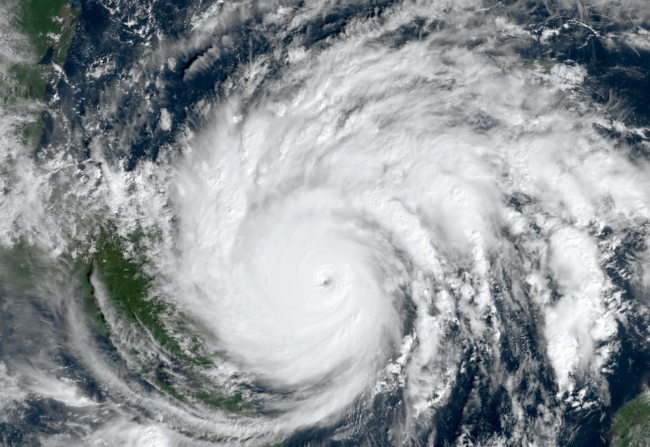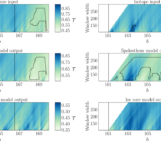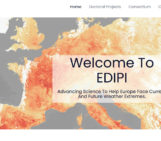
Iota, this is the name of the last category 5 hurricane in the Atlantic Ocean. Iota is a non-name because normally hurricanes are named by NOAA starting from A to Z but when the alphabet is over, they are just identified from a letter of the Greek alphabet. Iota is a special cyclone not just because its name implies that the hurricane season is particularly rich in storms but also because of its exceptional strength compared to other late autumn storms. With a peak intensity winds of 160 mph (260 km/h), this is the strongest hurricane ever recorded in the second half of November and it’s a natural question to ask whether climate change is playing a role in the occurrence of these phenomena.
This is a hard scientific challenge which requires state-of-the-art climate models, capable of resolving the convective phenomena which are at the heart of the storms. Unfortunately current global climate models have a horizontal resolution of 50 to 100 km, meaning that hurricanes and tropical storms are not adequately resolved. Given the nonlinear nature of hurricanes, parameterizations struggle to reproduce intense storms and cause a large underestimation of their winds and precipitation. A workaround consists in performing targeted high resolution simulations using regional climate models. However, while they are adequate to reproduce the atmospheric physics of hurricanes, they are blind to planetary phenomena and to the ocean dynamics, whose role in the development of hurricanes is fundamental. Indeed tropical cyclones are influenced by non-linear oscillations in the dynamics of the ocean, such as El Niño.
Although the confidence in future climate change for hurricanes is lower than other phenomena, new pathways of research may help to improve our understanding of tropical cyclones. The mismatch between global and climate models could be addressed using machine learning phenomena capable of learning scaling relationships for convective phenomena and improving parameterizations. Another pathway is to reconstruct in detail past storms to improve the statistics of observed events. This is a particularly hard challenge which requires some climate archeology (also called paleotempestology) given the difficulty of detecting the storms in the pre-satellite era.




